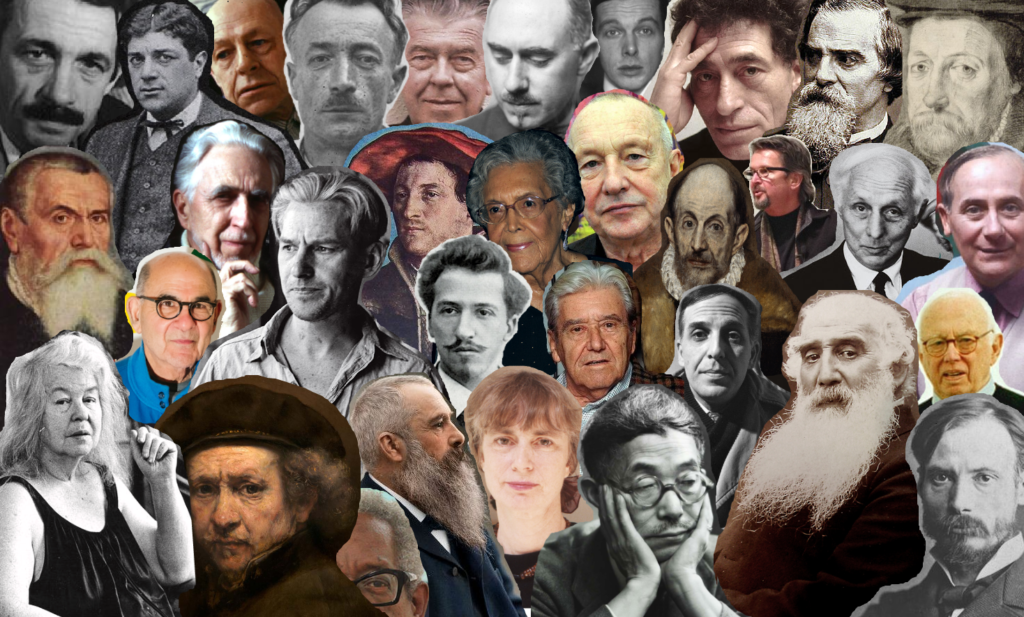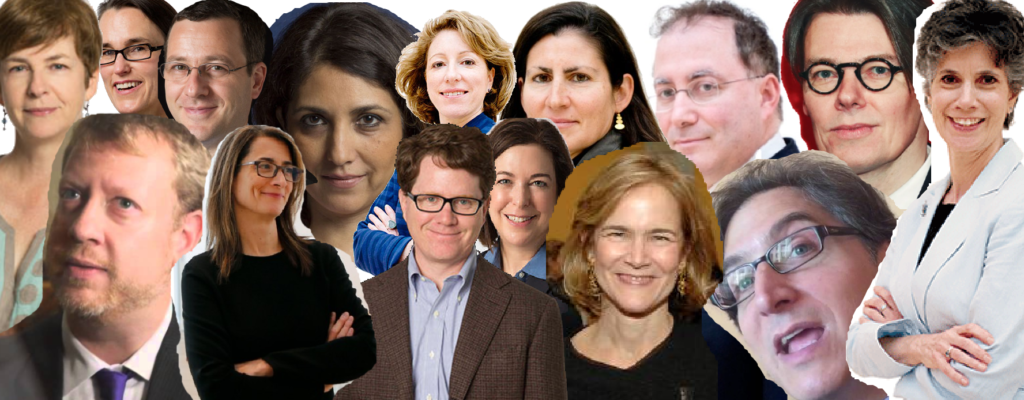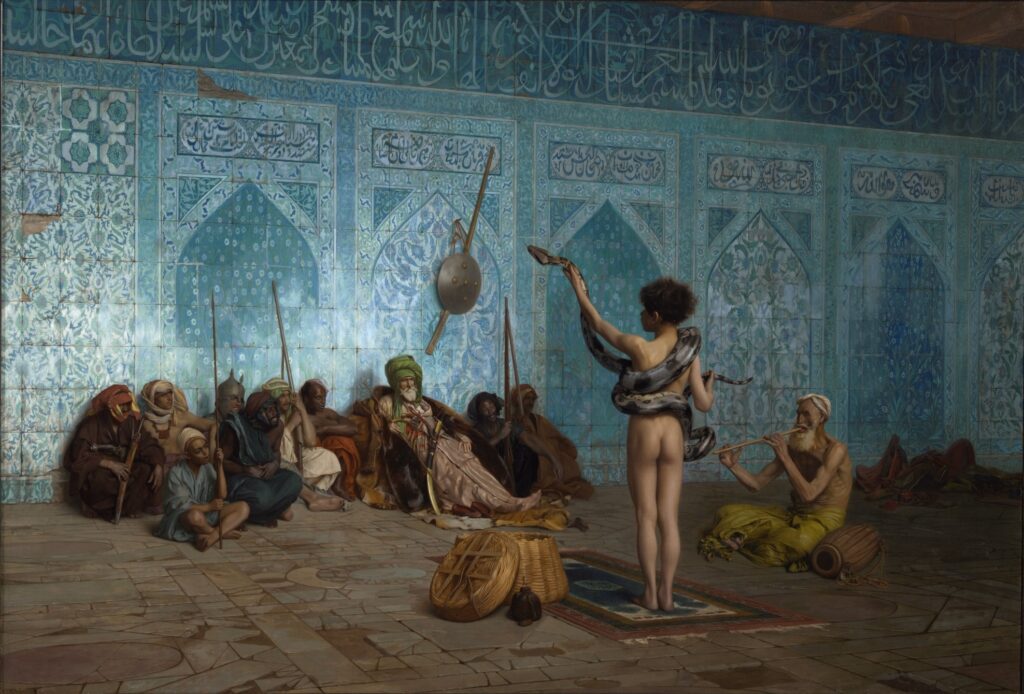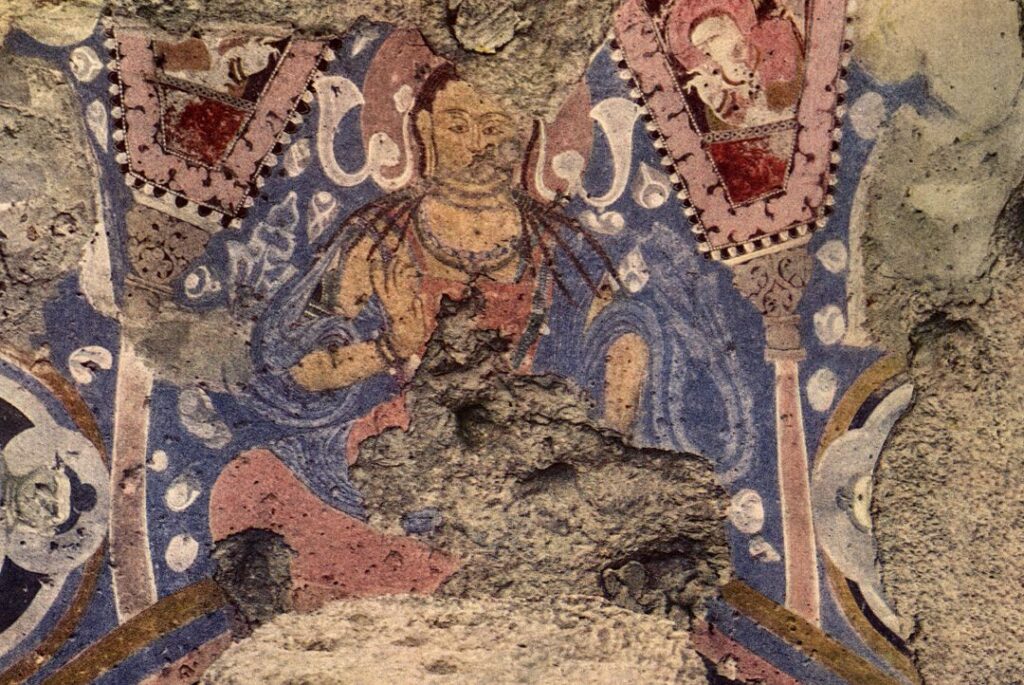As an art major with a concentration in oil painting and a Muslim woman of color, I can confidently say I have never seen art by or been taught about successful oil painters who share these identities. For an assignment in my advanced oil painting class, we had to recreate an oil painting by an “oil painting master”, we looked through over 30 books about oil painting and only one artist portrayed people of color in their art. The artist himself was a white man from France who was portraying Middle Eastern people in an orientalist1 light.
The origins of oil painting go back to 7th century Afghanistan. Artists extracted oils from natural objects like walnuts and poppies and used those to decorate cave walls. It wasn’t until the 11th century that oil painting made its way into Europe. However, this history would most likely come as a shock to anyone who has ever stepped foot into a museum that exhibits oil paintings. Among oil paintings currently on display at the Metropolitan Museum of Art (the 4th largest art museum in the world and the largest art museum in the US), only 11 of their 140 artists are people of color. That’s less than 8 percent.

Why is this? How is it possible that so few artists of color are displayed to showcase an art form that originated in Asia?
It all boils down to white supremacy in the art world, and the white sanctuaries that are art museums. We live in a white supremacist society and this pervades the way that art is displayed, interpreted, taught, and created. White art is seen as the default for all art; in order to keep its position of dominance, the work of artists of color is largely erased. The art on display and the way in which it’s displayed is not the only problem at hand, however. These oppressive systems are kept in place by the overwhelmingly white group of people who run museums and galleries. Going back to the Met as an example, it consists of 18 different curatorial departments and each of those departments (with the exception of three) has a Curator in Charge. In 2019, there was only one person of color serving in that position. The Met houses art from all over the world, yet nearly every person calling the shots when it comes to the exhibits on display or the art within those exhibits is white.

This is not an isolated incident. Museums all over the world rewrite art history to center whiteness. This is only just scratching the surface when it comes to the white supremacist actions that make museums what they are.
1orientalism: the representation of Asia, especially the Middle East, in a stereotyped way that is regarded as embodying a colonialist attitude
Sources:
Embrick, D. G., Weffer, S., & Dómínguez, S. (2019). White sanctuaries: race and place in art museums. International Journal of Sociology and Social Policy, 39(11/12), 995–1009. https://doi.org/10.1108/ijssp-11-2018-0186
https://www.metmuseum.org/art/collection/search#!?showOnly=withImage%7ConDisplay&material=Oil%20paintings&offset=40&pageSize=0&perPage=20&sortBy=ArtistMaker&sortOrder=asc&searchField=All
https://www.metmuseum.org/-/media/files/about-the-met/annual-reports/2018-2019/the-staff-annual-report-2018-19.pdf?la=en&hash=97AAF228B7AEB0192495018726054D0A

